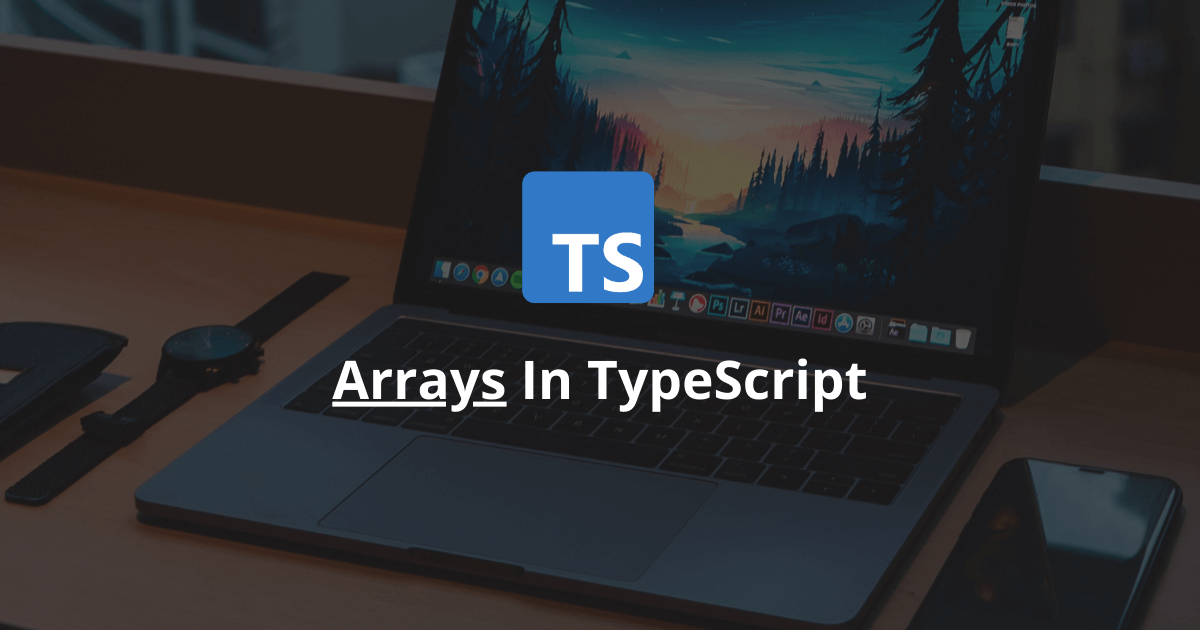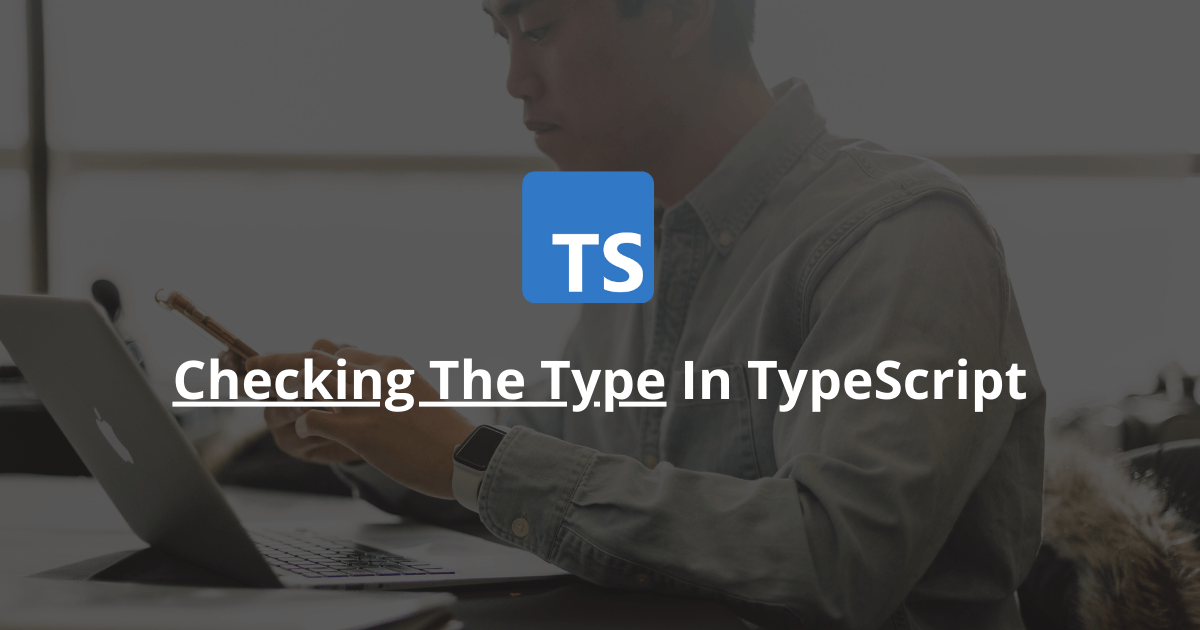You may have seen a mysterious syntax of three dots when you open a TypeScript file in your day-to-day coding life. This syntax is called the spread operator.
The spread operator allows to spread or expand iterable objects into [...]
In TypeScript, sometimes a developer needs to set the optional properties from an interface as required without changing the original interface. Luckily, TypeScript offers a utility type called Required to help achieve this task.
The Required utility type accepts [...]
The dictionary, also called map or associative array, is one of the fundamental data structures in computer science. But what is it, and how to build one in TypeScript?
In TypeScript, you can build a dictionary using:
An indexed [...]
TypeScript, like most other programming languages, allows developers to create variables to store different values. One of those variable types is the constant.
To declare a constant in TypeScript, you can use the const keyword.
Here is an example: [...]
Like many other programming languages, TypeScript gives developers access to generics. But what are they, and how and when to use them?
Generics make it simple to create reusable components. They allow developers to create a function, class, or [...]
A class is the fundamental building block of object-oriented programming languages like C# or Java. TypeScript also provides support for classes and gives developers access to such features as inheritance, encapsulation, and polymorphism.
In TypeScript, a class is an [...]
An array is one of the most frequently used foundational data structures in programming. But what is it exactly, and how does it work in TypeScript?
In TypeScript, an array is a structure that stores values in sequential order [...]
TypeScript, just like many modern object-oriented languages, allows a developer to create an interface. But what is it, and how to use it?
An interface is a contract structure that defines the syntax that a class or object must [...]
If you come from an object-oriented language like Java or C#, you may be surprised that JavaScript doesn't support the enum data type. Luckily, our favorite TypeScript supports it.
An enum allows the declaration of a set of related [...]
When developing TypeScript projects, developers often need to check the type of an entity. Luckily, this is easy to do.
This article shows how to check the type of:
A variable
An object
An interface
A class
An array [...]










